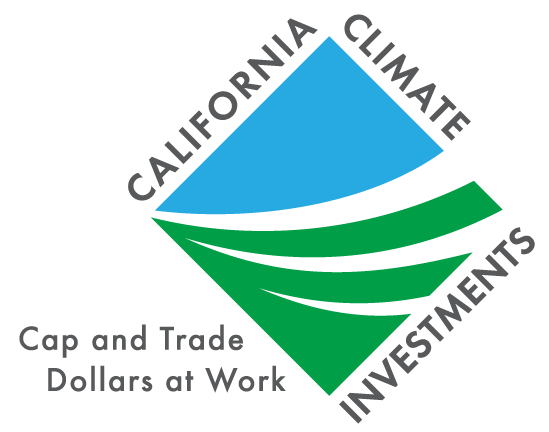Aerial view of a coastal industrial and residential area
The Toxic Tides research project, led by the University of California (UC), Berkeley Sustainability and Healthy Equity Laboratory is working to better understand how vulnerable communities living near hazardous sites may be affected under different sea levels rise scenarios. With funding from the Strategic Growth Council’s Climate Change Research Program, UC Berkeley is working with a team of partners composed of academic, non-profit, and community-based organizations in the San Francisco Bay Area, Central Coast, and Southern California.
This team is looking to answer two questions: what hazardous sites are likely to experience flooding under various projections of sea level rise in California, and how is proximity to at-risk sites distributed with respect to community demographics and indicators of social vulnerability?
Climate projections estimate that over three feet of sea level rise will hit the California coast by the end of the century if greenhouse gas emissions continue to increase. The coastal areas threatened by sea level rise contain around 500 hazardous materials sites, which are disproportionately located near low-income Californians and people of color.
Drawing on principles of community-based participatory research, organizations funded as part of the team with deep ties to these communities are gathering community feedback and sharing the findings with communities and policymakers. Partner organizations also serve on an advisory committee to guide all stages of the research and ensure outcomes are actionable, policy-relevant, and culturally and linguistically appropriate. The team will ultimately incorporate these community‑informed findings into the Climate Central's Surging Seas RiskFinder and Risk Zone Map bilingual online tools.
According to Amee Raval, Senior Policy Researcher at the Asian Pacific Environmental Network and project partner, this research approach provides information that both policymakers and communities can use: “Our partnership with UC Berkeley is allowing community-based organizations to be actively involved for the duration of the project, leading to research results that our communities will be able to act on quickly.”
To support such action, the project team will host community workshops to deliver and explain research findings to local stakeholders. The project team will also communicate with policymakers to help them understand and incorporate into adaptation plans, local land use policies, regulatory practices, and other policies.


